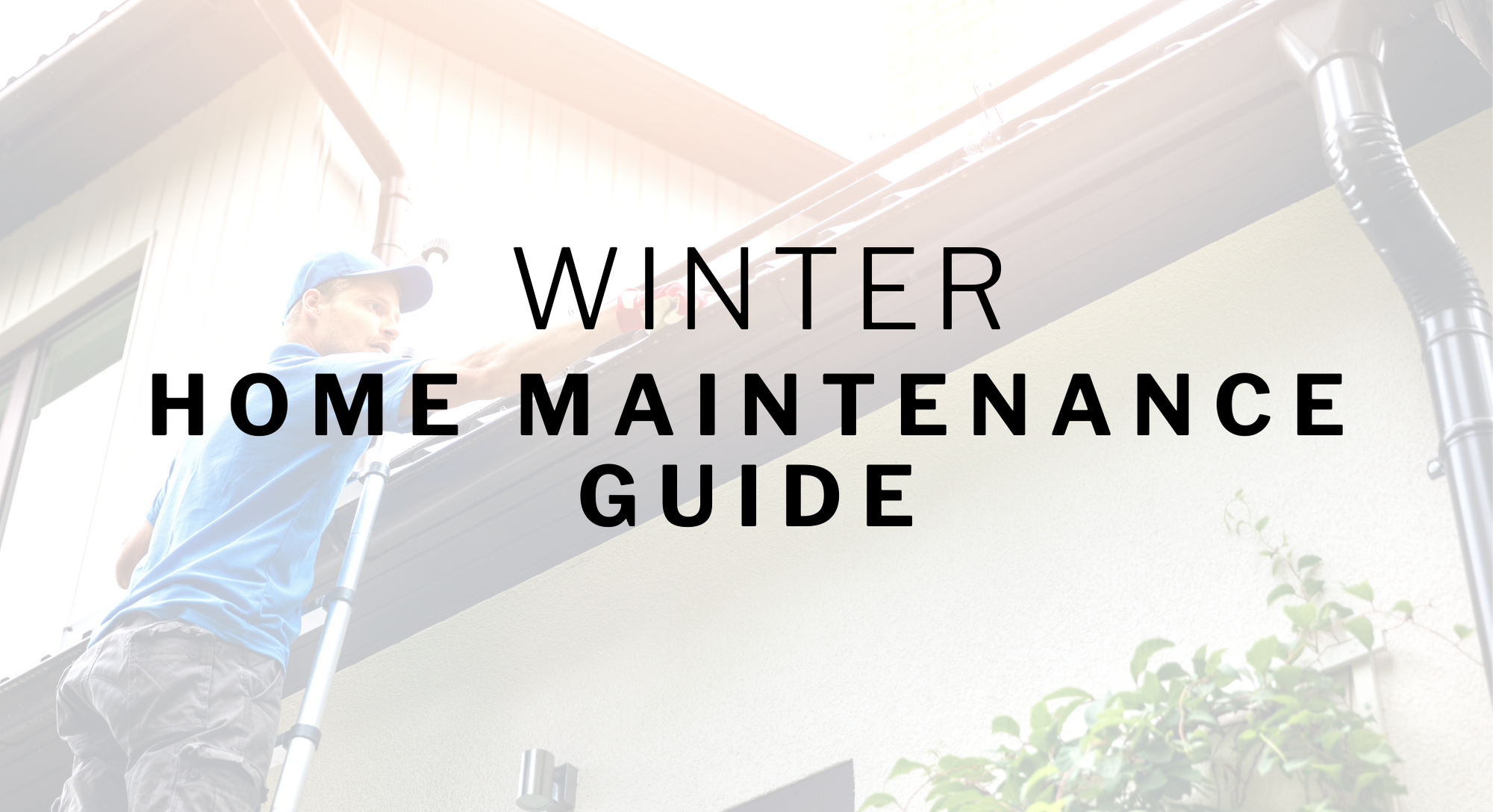Click the image above to go back to The W Disclosure Newsletter.
Although Northern California is blessed with some of the nation’s mildest winters, there’s still some home maintenance you can do to prepare your home for the cold winter months and occasional heavy rains ahead and help reduce your overall energy bill and heating costs.
Make Sure Your Heating System is Ready
If you have a high-efficiency heating system, it is recommended that PVC vent pipes be cleared of any obstructions yearly. For a gas system, cleaning is recommended every three years.
Cut Down on Heating Costs
As the weather turns colder, heating can account for over half of your gas bill if you have a gas heater and up to 40% of your electric bill for those with an electric heating system.
Below are some tips from the California Public Utilities Commission to help you get your home ready for the cold winter months and reducing that electric/heating bill:
- Program your thermostat lower when you’re sleeping or away from home.
- Clean or replace furnace filters once a month or as recommended.
- Keep warm-air registers, baseboard heaters and radiators clean and clear of furniture, carpeting, and drapes.
- Eliminate trapped air from hot-water heaters every season; you might want to call a professional for this one.
- Place heat-resistant radiator reflectors between exterior walls and radiators.
- Turn off kitchen and bath exhaust fans when you are done cooking or bathing.
- Open draperies and shades on your south-facing windows during the day to let sunlight in your home and close them at night to retain the heat.
Clean Gutters
Clear the gutters along the roof of your home of sticks, leaves, and other debris so the rainwater can drain properly.
Check the gutters in front of your house as well to be sure they are free of accumulated leaves from neighboring trees. This will keep the water in front of your house draining when that first big rainstorm hits and reduce the chance of your street, driveway, or home flooding. Direct the downspouts of your home’s gutters away from your home’s foundation.
Check the Fireplace and Chimney
If you use your fireplace, you should have it cleaned by a professional chimney sweep. Check for cracks in the chimney, creosote buildup, and debris, such as leaves or bird nests, which may become a fire hazard.
Check the Roof
Look for loose or missing roof shingles that may result in leaks during heavy rain. Check for any broken seals around vents and the chimney. Be sure to clear leaves and other debris from flat roofs with a rake or leaf blower.
Reverse Ceiling Fans
Check your ceiling fan for a switch to reverse the fan’s rotation from counter-clockwise, which produces cool air, to clockwise, which will push the warm air that rises to the ceiling back down into the room.
Caulk Around Windows and Doors
If you can see any sunlight between your door or window frames or you can feel air seeping through, your home isn’t properly sealed. Places to check for drafts include windows, doors, lighting, plumbing fixtures, switches, and electrical outlets. Replace caulking and weatherstripping as needed.
Draft stoppers, which became popular during the Depression, are a cheap way to keep the cold out of the house. These days, you can find draft stoppers online in just about any shape, size or animal variety.
Protect Patio Furniture
Keep your patio furniture clean and dry by covering your furniture with a heavy tarp or storing furniture in a shed or garage.
Check Batteries in Smoke and Carbon Monoxide Detectors Monthly
Make sure all smoke and carbon monoxide detectors are working in your home. The California State Building Code requires one smoke alarm be placed on each floor in non-sleeping areas, and one smoke alarm must be installed in each room where sleeping occurs, as well, one smoke alarm should be located in each hallway that leads directly to sleeping rooms. In addition, as of 2011, the California Health and Safety Code requires the owner of every single-family dwelling, as well as all dwelling units intended for human occupancy, to maintain a carbon monoxide device in each dwelling. It is recommended to check the batteries in all alarms once a month to ensure they are in good working order.


 Facebook
Facebook
 X
X
 Pinterest
Pinterest
 Copy Link
Copy Link



